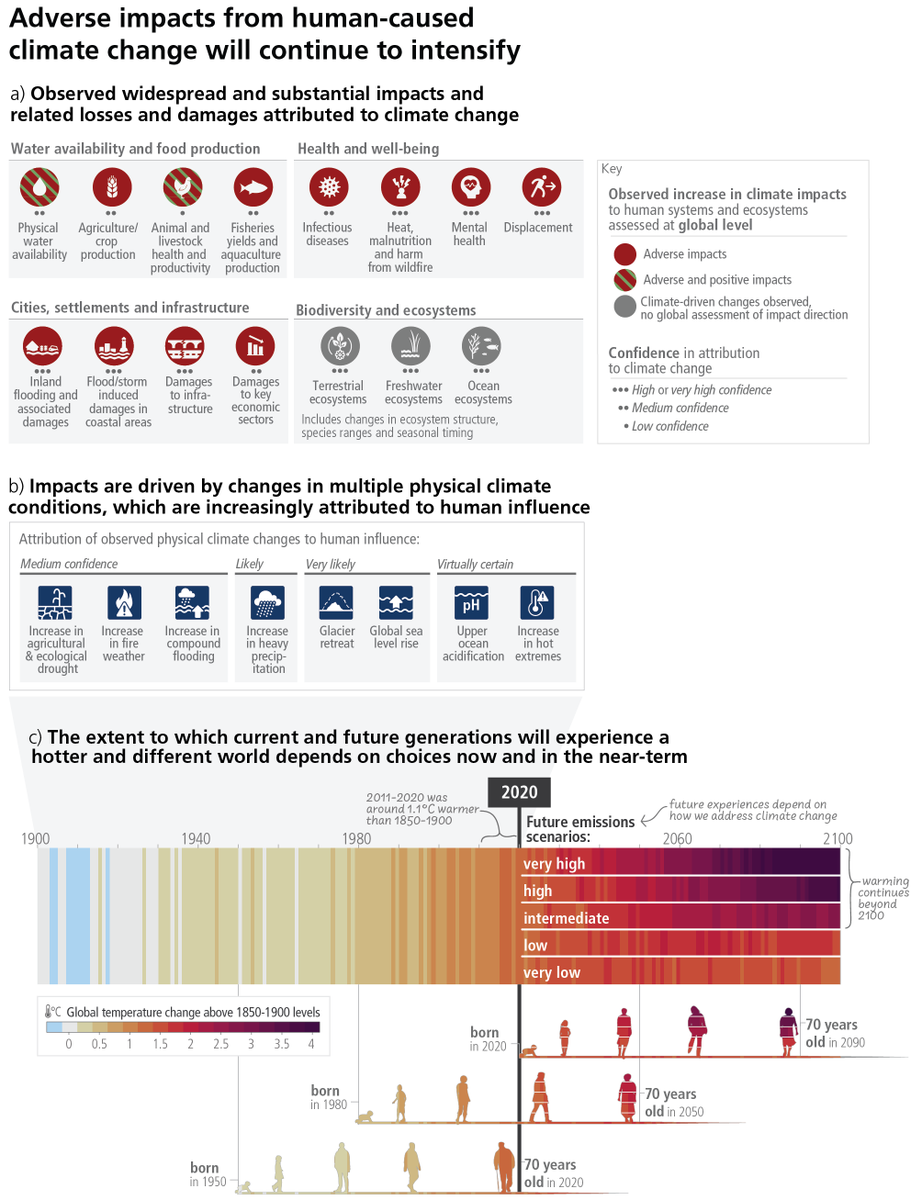If Germany would take 1.5C target seriously, it'd need to reach net zero GHG emissions before 2035, @newclimate study finds.
Currently, no political actor in Germany is demanding this, no enviro NGOs, not the Green party, not even @FridayForFuture
newclimate.org/2019/03/14/15c…
Currently, no political actor in Germany is demanding this, no enviro NGOs, not the Green party, not even @FridayForFuture
newclimate.org/2019/03/14/15c…

German (school) students on #climatestrike finally make concrete demands for domestic #climate policy
*net-zero by 2035
*coal phaseout by 2030
*100% renewables by 2030
& already until end-2019
*180 EUR carbon tax
*end of fossil fuel subsidies
*partial coal phaseout
#FFFfordert
*net-zero by 2035
*coal phaseout by 2030
*100% renewables by 2030
& already until end-2019
*180 EUR carbon tax
*end of fossil fuel subsidies
*partial coal phaseout
#FFFfordert

This will put established environmental NGOs (@bund_net, @NABU_de, @WWF_Deutschland, @greenpeace_de) & Green Party (@Die_Gruenen) under political pressure. They have supported @FridayForFuture in general, but adopting these demands means shifting positions drastically #FFFfordert 

Within my limited area of expertise, 2 aspects in @FridayForFuture declaration (fridaysforfuture.de/forderungen/) are remarkable:
the timing and the definition of 'net zero' are quite different from what the #IPCC Special Report on 1.5°C (ipcc.ch/sr15/) says/means
#FFFfordert
the timing and the definition of 'net zero' are quite different from what the #IPCC Special Report on 1.5°C (ipcc.ch/sr15/) says/means
#FFFfordert

Re: @FridayForFuture's net zero year: Why exactly 2035?
Due to strict fairness considerations or because they want to avoid relying (too much) on negative emissions? IPCC 1.5C database has less stringent global averages compatible w/ #ParisAgreement's 1.5-2°C target
#FFFfordert
Due to strict fairness considerations or because they want to avoid relying (too much) on negative emissions? IPCC 1.5C database has less stringent global averages compatible w/ #ParisAgreement's 1.5-2°C target
#FFFfordert

Re: @FridayForFuture net-zero framing, defining it narrowly as emitting not more greenhouse gases than removed by natural processes. I guess it refers to (human) 'nature-based solutions'. Different from #IPCC, CO2 removal technologies excluded
fridaysforfuture.de/glossar/ #FFFfordert
fridaysforfuture.de/glossar/ #FFFfordert

If @FridayForFuture really wants to continue striking until German government meets (main) demands then "net-zero by 2035" would likely mean Friday school strikes well into the 2030s.
fridaysforfuture.de/forderungen/
#FFFfordert
fridaysforfuture.de/forderungen/
#FFFfordert

while I think it's politically highly implausbile that @FridayForFuture's demands (like 'net-zero Germany by 2035') will be met, it at least highlights the inconsistencies betw. climate policy talk, decisions and action
rdcu.be/0TiG
onlinelibrary.wiley.com/doi/full/10.10…
#FFFfordert
rdcu.be/0TiG
onlinelibrary.wiley.com/doi/full/10.10…
#FFFfordert

• • •
Missing some Tweet in this thread? You can try to
force a refresh
















